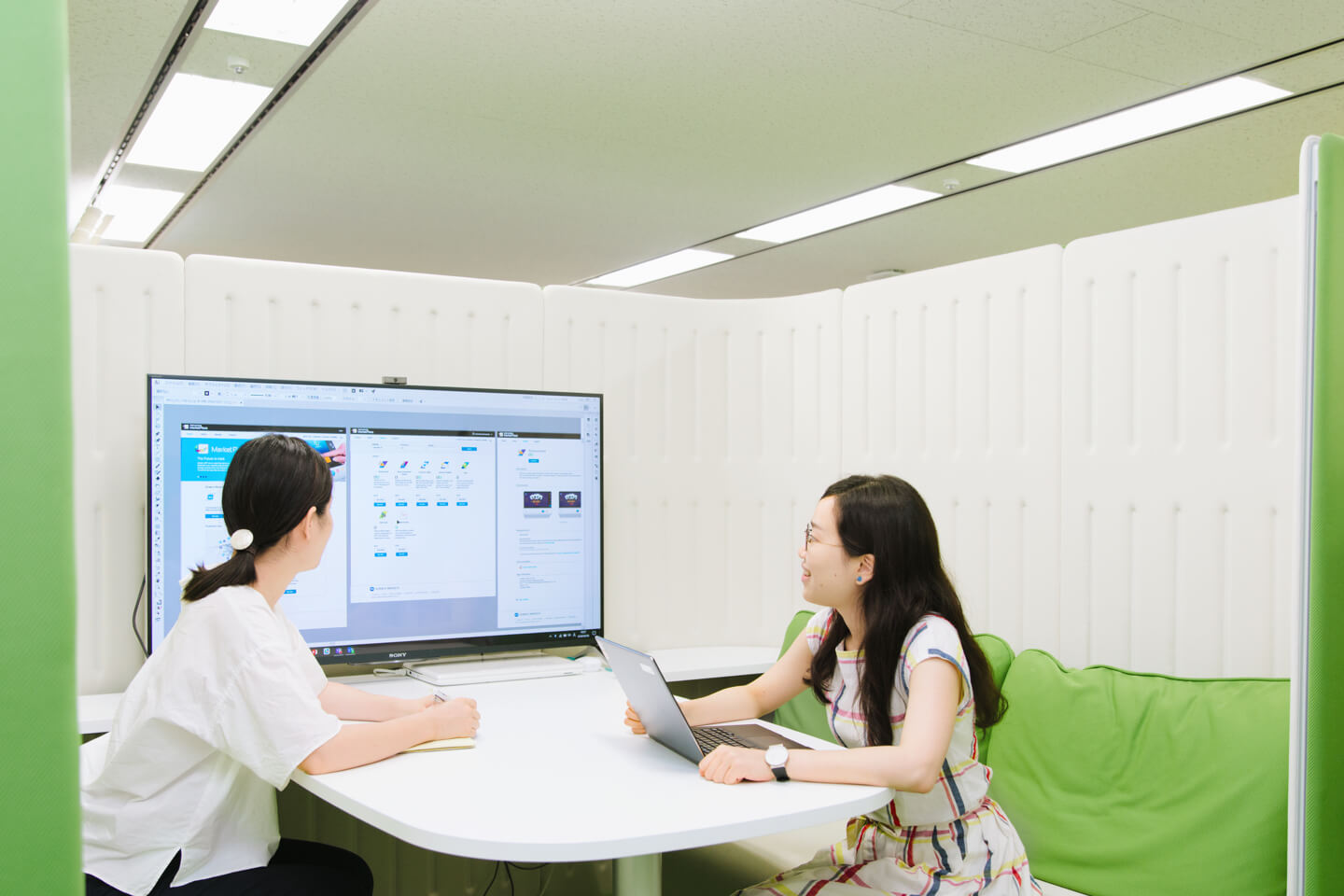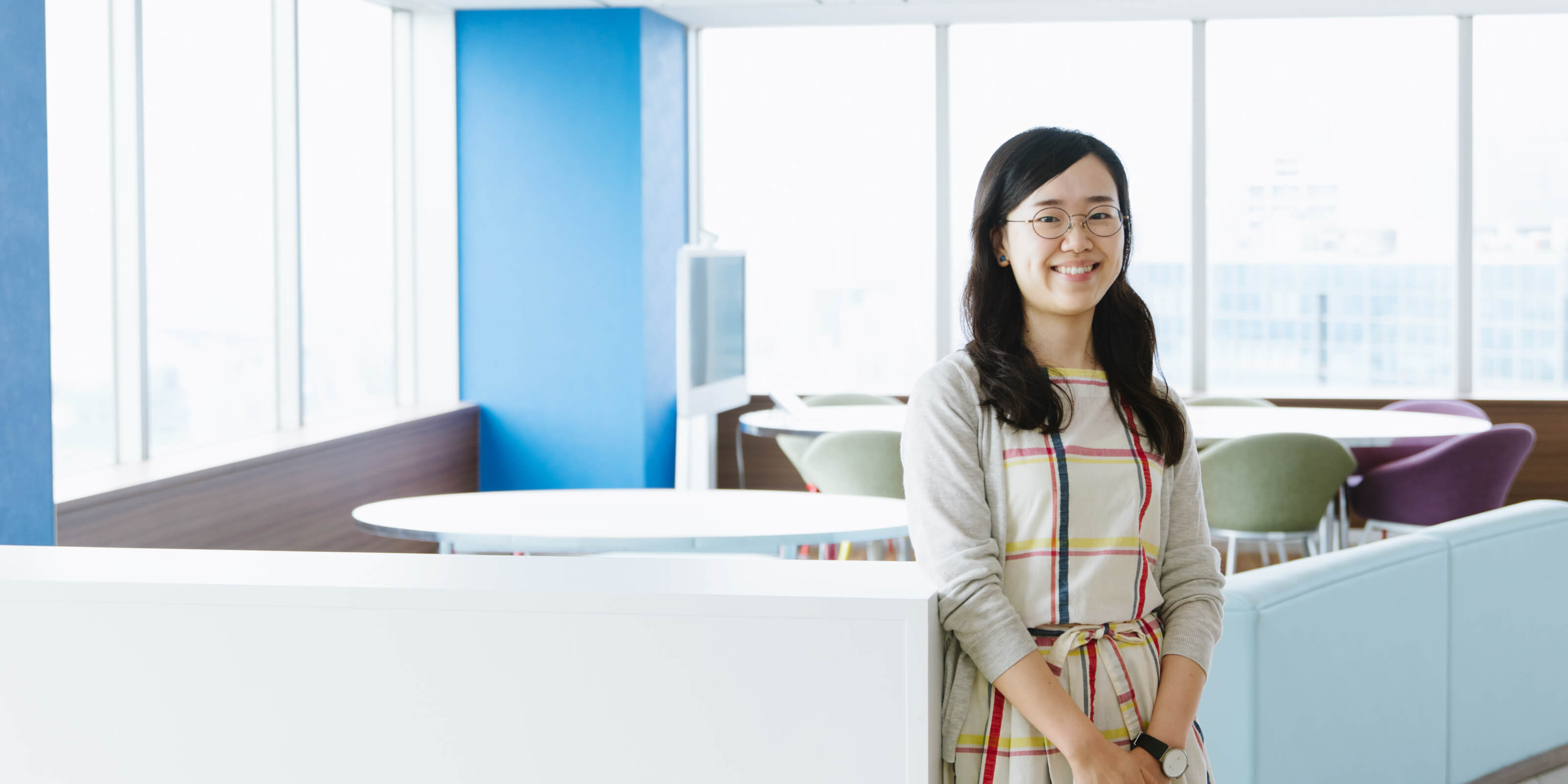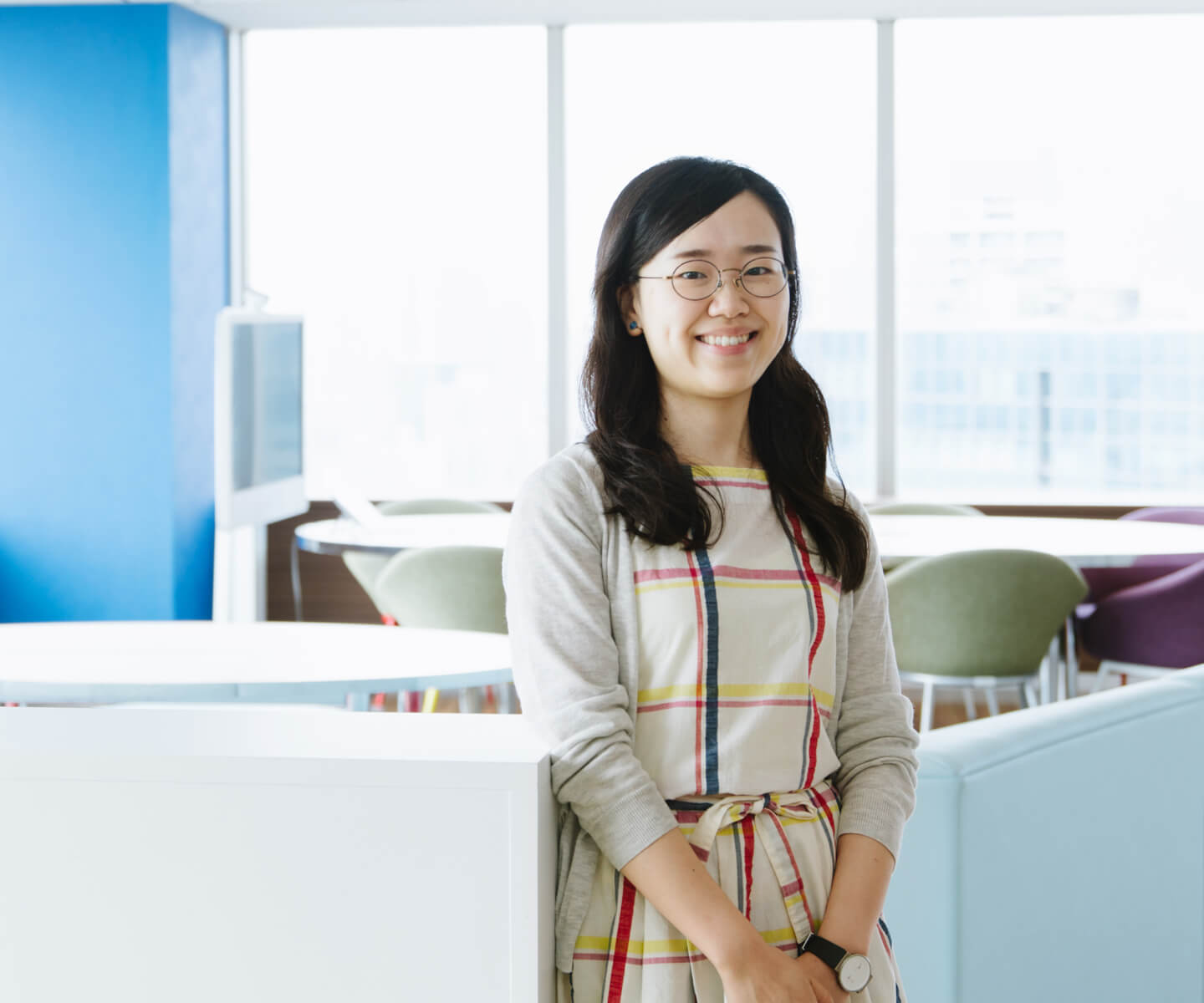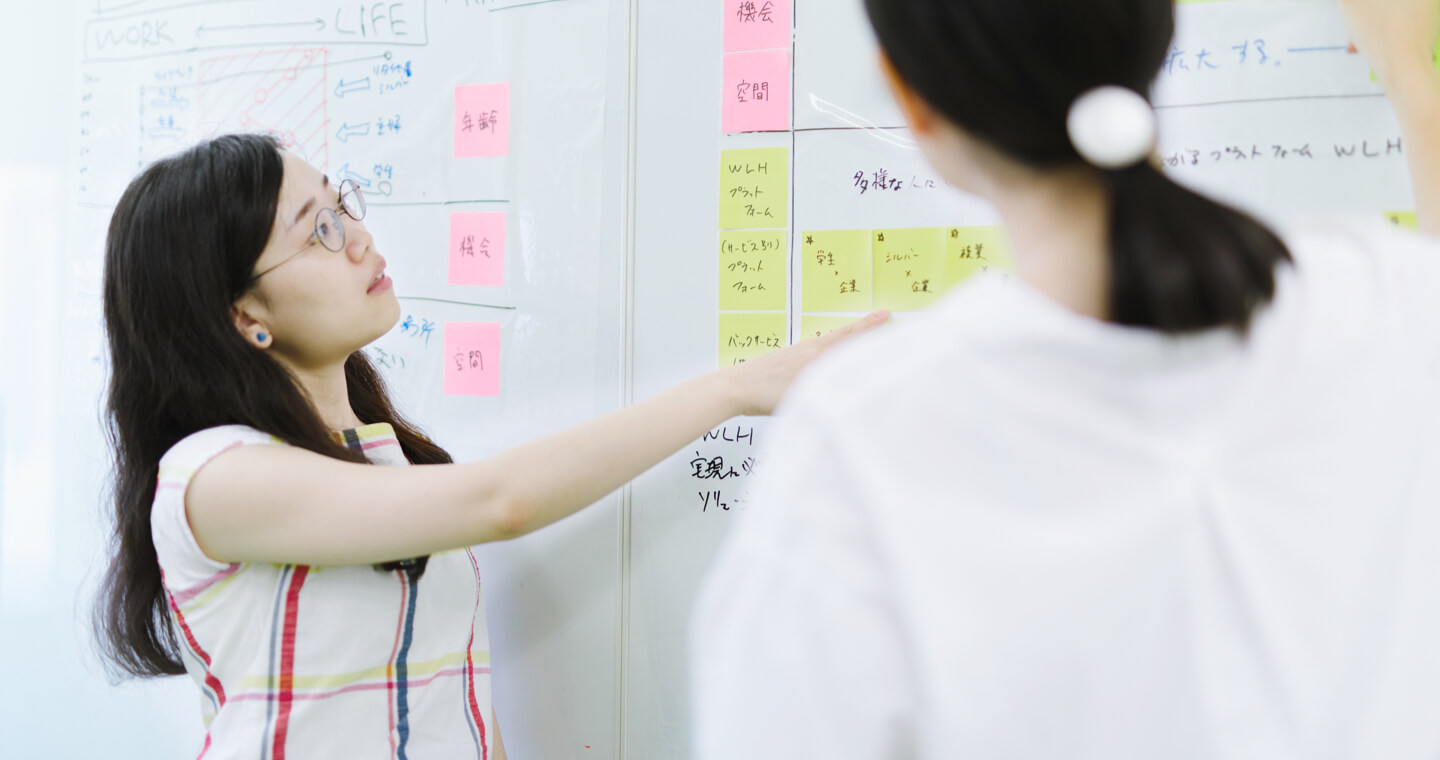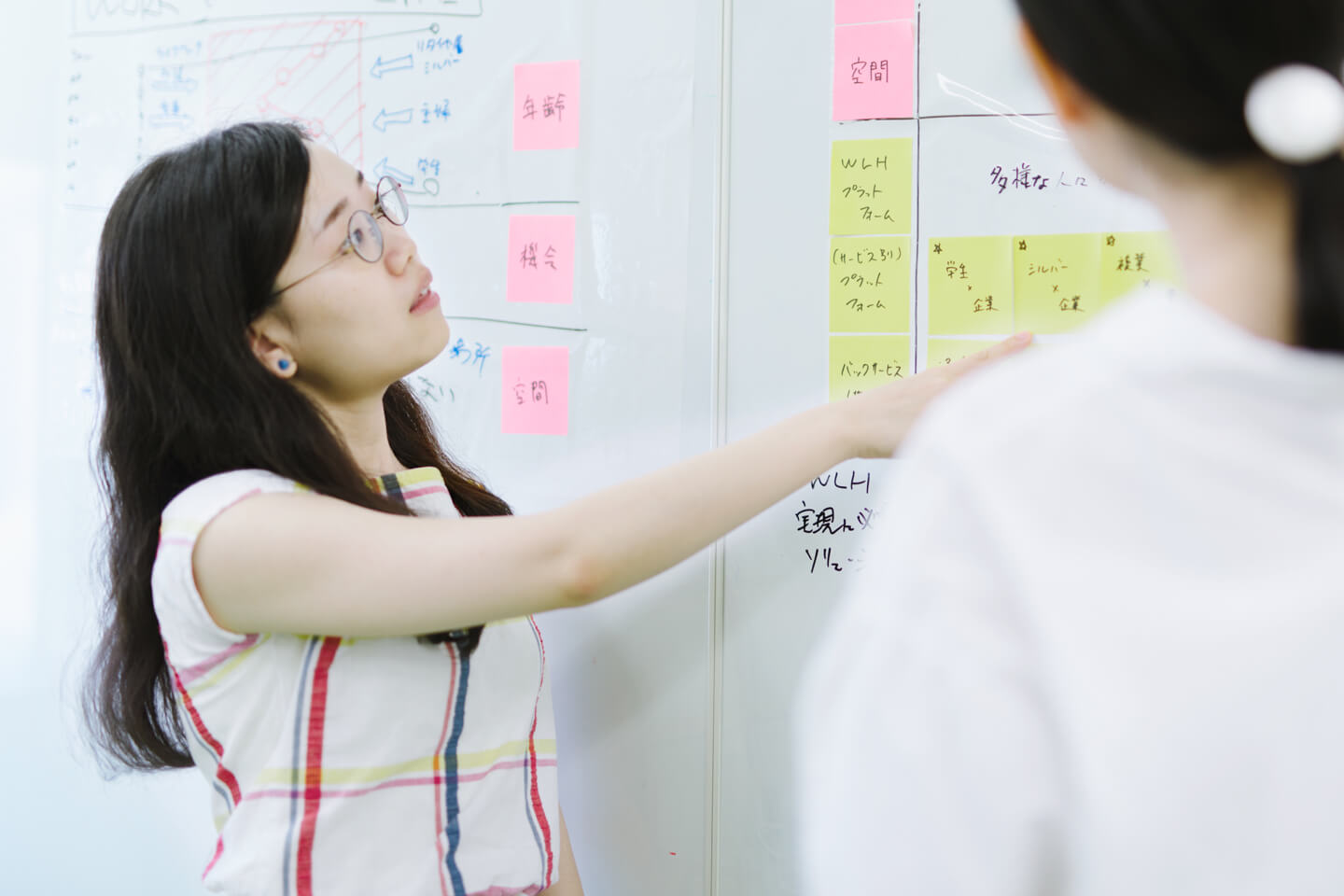Designer's interview
The important thing is thinking beyond the user
Mei Yamasaki
UX/UI, concept design, and related responsibilities
In college, I empathized with the design goal of getting close to the user.
During my days as a college student, I first learned about the jobs of user experience (UX) design, which imagines what users are thinking, and user interface (UI) design, which creates the means by which we come into contact with those users. I empathized with design as a process not simply of creating pretty shapes, but also of getting closer to users, and I ended up wanting to do design work by thinking about the people who would use my designs in the future.
I decided to join Konica Minolta because I felt that, with the many businesses it’s involved with besides copiers, I'd be able to do UX and UI design work and that I’d be able to try a variety of new things.
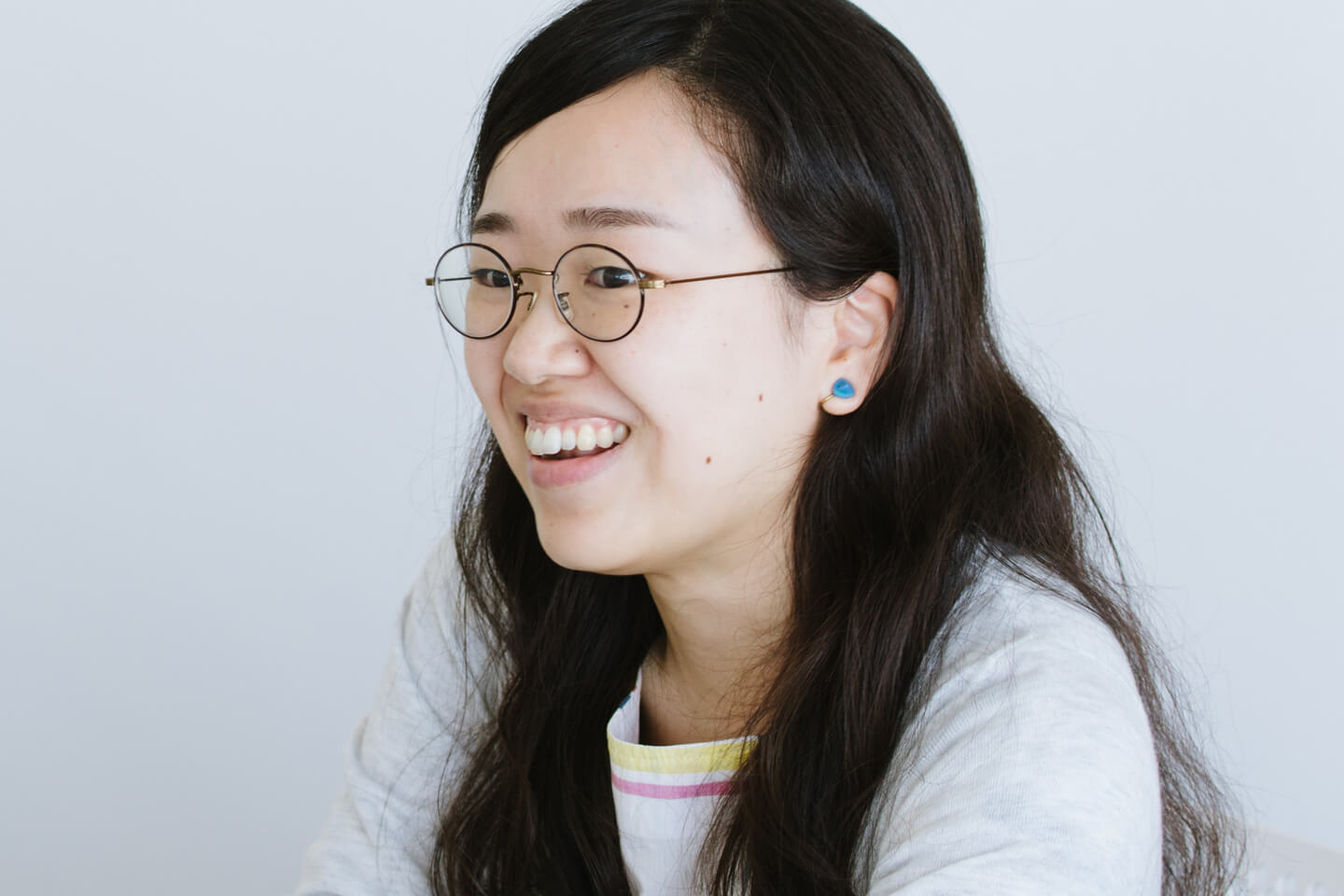
Doing the kind of UX and UI design development work I wanted to try
My wish came true, and today I'm involved with a variety of UX and UI design development. I believe that UX refers to the experience that users have through a product or service. There are various interpretations, but I approach my job based on the belief that the role of a UX designer is to cultivate a bird’s-eye view of what can be done to make the user’s life or work better and then to create an overall vision for that product or service.
By contrast, UI design requires doing more specialized work than UX. This work involves thinking about usability in terms of things like function placement and flow and creating things like screen layouts and color schemes with which users will interact, all while imagining how the interface can be made easier to use.
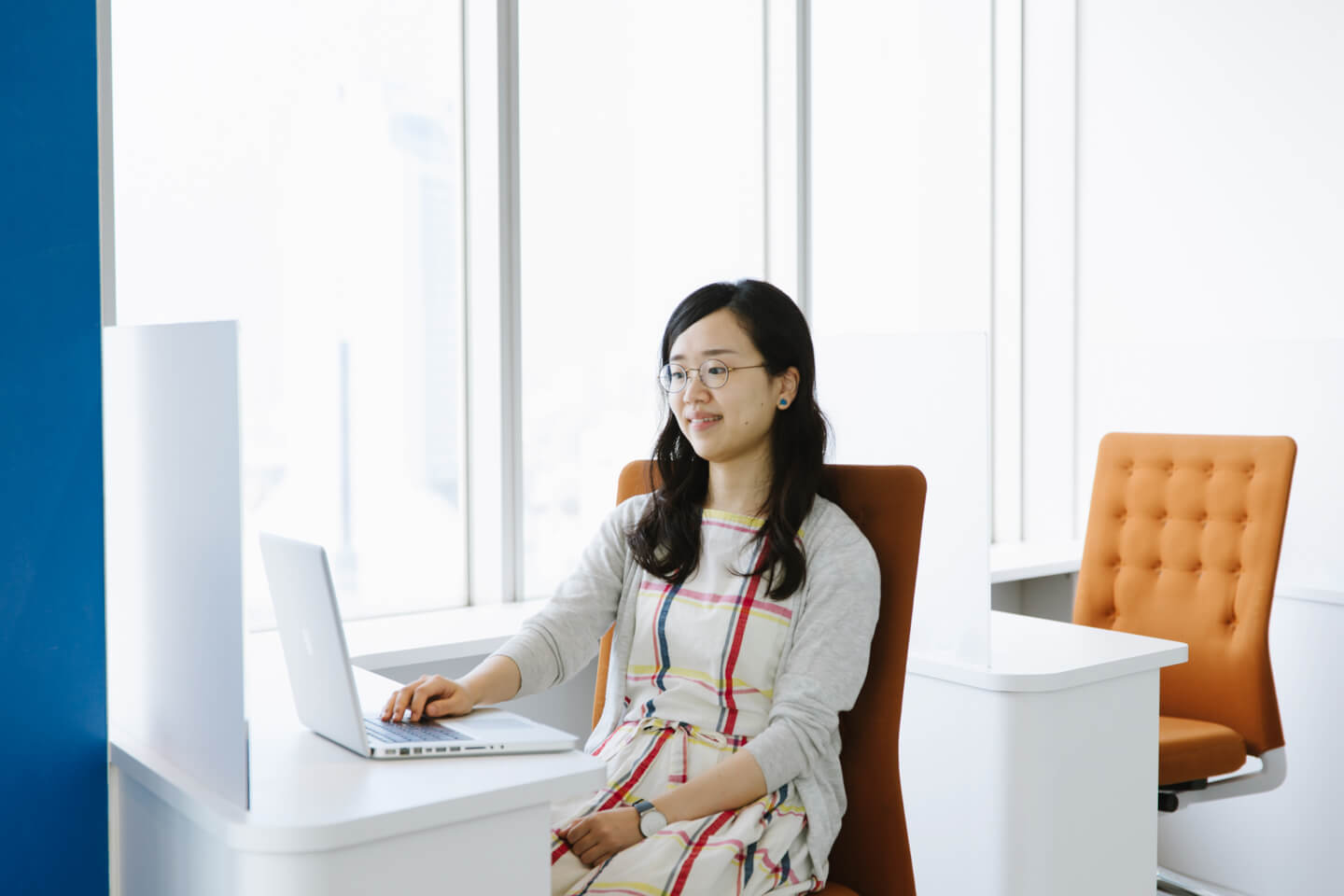
Daily routine: Thinking about the difficulties users are experiencing
Most recently, I was involved with UI and UX development for a gas monitoring system. My role was to design the system so that it would be easier to use in line with user needs. In BtoB work, it’s necessary to have knowledge of the target field so that you can understand what it is that users require. It’s essential to study that field, but I also place great importance in my daily work on imagining what difficulties users are experiencing.
Through this work, I've helped business units give shape to their businesses and create promotional materials for tradeshows. Out in the field, I've been able to experience how design-driven thinking plays a useful role in a wide range of situations.
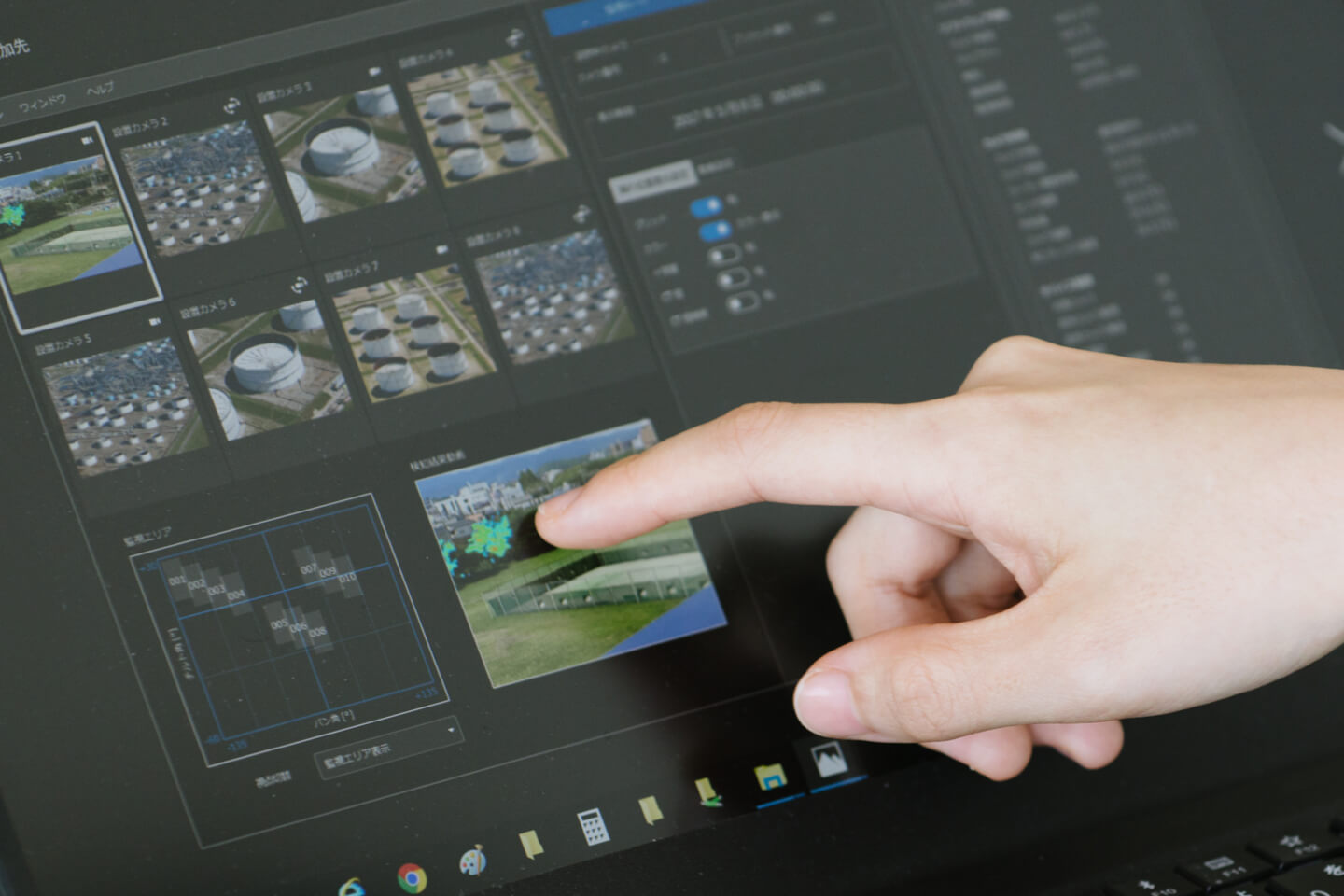
Detail-oriented thinking as the secret to achieving quality
In my design work, I place great importance on making sure I pay attention to the details. In the development of BtoB apps, it's easy to skip over detailed design work since only a limited number of people will use the software in question. Later, that part of the design often becomes an issue. That’s why I create an ideal vision for each app at an early stage and strive not to compromise. This approach helps me increase users’ satisfaction, and it increases my own level of motivation.
Doing a job that exceeds user expectations
My goal for the future isn’t so much an ambition to accomplish some major achievement, but rather to do my best in each job I do so that I can satisfy the users in front of me and put smiles on their faces.
I try not only to accept users’ wishes at face value, but also to craft proposals that look a step further ahead by imagining whether those wishes are truly sufficient and whether the user actually wants something different. When I do so, the user often realizes that something I suggest is indeed necessary. In this way, I look forward to continuing to do my work in a way that exceeds user expectations.
